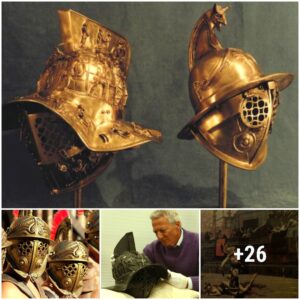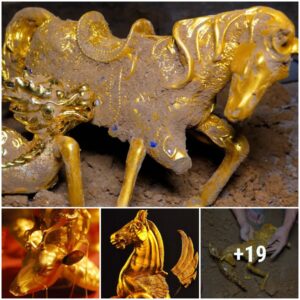Photography has always claimed a privileged position as an unbiased form of representation, one linked directly to human vision. “[The camera] may be said to make a picture of whatever it sees, the object glass is the eye of the instrument—the sensitive paper may be compared to the retina,” declared William Henry Fox Talbot. In truth, the production and reception of photography has never been so direct or unmotivated as Talbot suggested, it has always been directed by prevailing ideologies.
While photography reflects social ideologies, it also is an agent in their creation. The unflagging belief in photography’s surrogacy for sight extends to scenes typically unavailable to the human eye and beyond most viewers’ direct experience of the physical world. Yet, the transparency of photography deems such imagery to be truthful extensions of human vision. Bird’s-eye views of reconstructed cities proclaimed the rationality of government, images of the delicate structures of insect wings evinced taxonomic categories, and X-rays, once called “[a] discovery of how to photograph the invisible” by the New York Times, celebrated the ascendency of science and rationality over spirituality and religion. Since the 19th century, photography’s ever-increasing technologies not only introduce new images to the word, often of things intangible and unseen, but also dictates their reception.
Today’s photographic technologies, notes artist Noelle Mason, “extend vision but also extend a kind of rationalization of people and spaces that can be dehumanizing.” This tension between technology and humanity, between the visible and the physical, is perhaps most clearly perceived at the U.S./Mexico border, a space as Mason sees it, engaged in a “battle of the visual.” Mason’s three-part project X-Ray Vision vs. Invisibility appropriates border images from different sources and turns them into physical, tactile works of art. Her choices of media directly challenges the typical reception and understanding of these images. Mason brings forth these supposed truths and power relationships, allowing them to wither in the light of contemplation.

The bright Prussian blue of Mason’s cyanotypesannounces their materiality. First developed by Sir John Hershel in the 1840s as a method of reproducing notes, cyanotypes later became nearly synonymous with the architectural rationalization of space when they were rechristened “blueprints.” Utilizing the cyanotype process, Mason calls forth these ideas of categorization in her translations of images of backscatter x-rays made at the border into cyanotype objects she dubs Backscatter Blueprints. Sourced from the internet chat groups of “Minutemen” —the ad-hoc vigilante groups that patrol the border for illegal crossings—the images are coldly scientific in their purpose: to expose undeclared products and people entering the U.S. Liberated from the impersonality of the computer screen, Mason’s Backscatter Blueprints are transformative and heartbreaking. Physically confronted by these prints depicting the typically unseen and intangible realities of migrants, the specific human reality of the scene is manifest. In hunched, protective postures, or crammed into impossible spaces, the humanity of each figure is apparent.
Another part in Mason’s tri-part project, Ground Control,interrogates the satellite images of along the U.S.-Mexico border made by NASA’s Advanced Spaceborne Thermal Emission and Reflection Radiometer (ASTER), which combine bands of visible and near-infrared light into a single image. Mason transforms these digital images into large-scale, hand-woven wool Gobelin tapestries. She notes, “Each work in Ground Control was hand woven in Guadalajara by the weavers from the Taller Mexicano de Gobelinos for the amount of money it costs a family of four to cross the US/Mexico border illegally thus transforming the reproducible virtual image into a carefully constructed unique object that is larger than human scale.” Choosing a process that is dependent on time and physical labor, and framing its cost within the unseen economies that characterize the borderland, Mason’s work once again returns the humanity to these stark views of the border.

The final part of Mason’s project is titled Coyotaje, which consists of x-stitches, or cross stitches, of undocumented immigrants attempting to cross the U.S./Mexico border. Each irregularity in this process serves as a clear sign of its handmade, unique nature. The immigrants are seen as mere black forms, moving amid a stark environment. It is clear why in Border Patrol parlance, migrants are referred to as mere “bodies,” rather than people. In Mason’s translation, each stitch corresponds to one pixel of these infrared source images. The artist’s use of cross-stitch is once again an appropriation of materiality that speaks to the impersonal imagery produced at the border. Here, cross-stitch, like border crossing, feels incredibly dangerous.

Mason’s works makes the images of the border physical and concrete. While photographic technologies have allowed viewers to see and to experience the world in new ways, our reception of these images is driven by our culture and context. By shifting the context in which these images are encountered—giving them physical presence and carefully choosing meaningful materials—Mason succeeds in reframing their reception and in turn, succeeds in changing how we view images of this contested part of the world.
This article first appeared in Issue 16, The Blue Issue.





